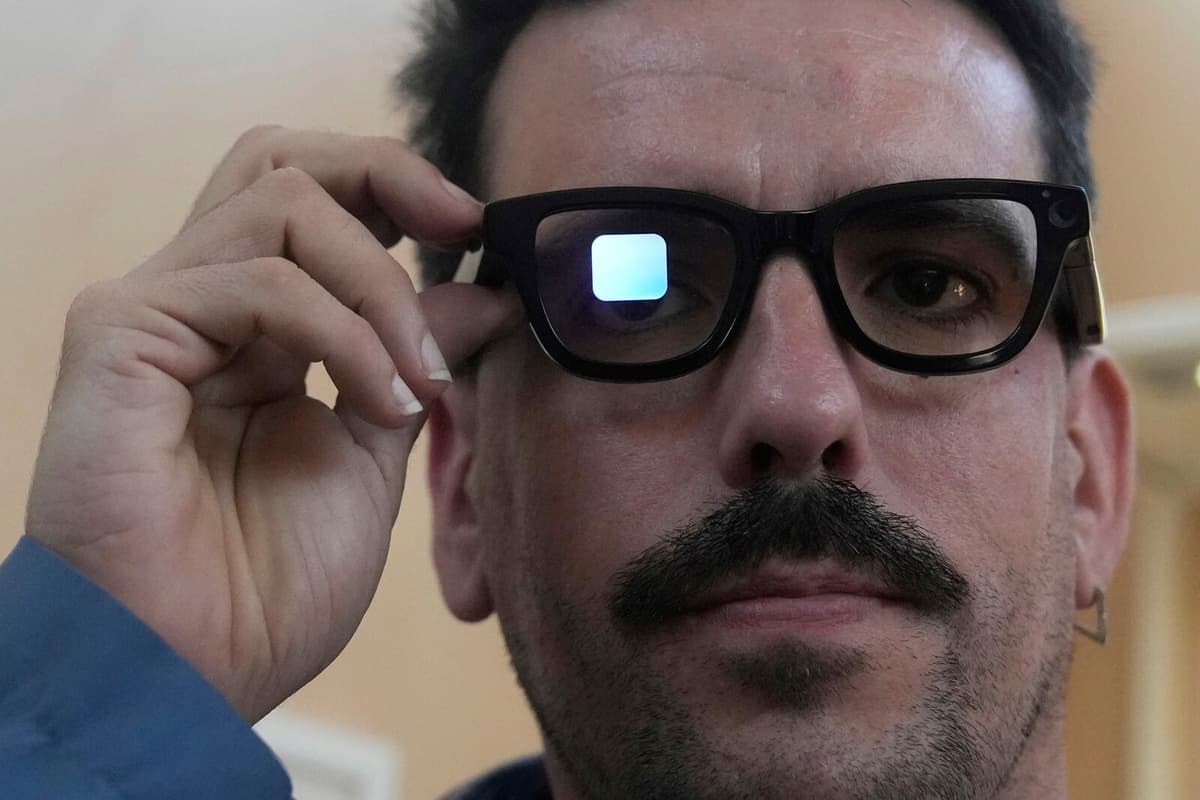Imagine scrolling through the flow on Tiktok or Instagram. You come across a certain clip. It's a trailer for a film that looks interesting, even reminiscent of something you like. But the film it's advertising doesn't exist. The trailer is AI-generated. Created through Google's new Veo 3 tool, where it's easy to write a prompt in a few seconds and get back a realistic clip of what's being requested.
Since Chat GPT was released, humans have accelerated their play with reality, says Andreas Önnerfors, media researcher at Linnéuniversitetet and project leader for the media institute Fojos Faktajouren.
But now it's so realistically simulated that you can talk about a second reality that reflects our physical reality.
Virtual reality
Other tech giants besides Google are constantly working to refine their AI tools. Sometimes a step forward in realism or accessibility comes, such as with Veo 3, and within a few hours, special forums on the internet are flooded with people testing the new technology's limits.
What Veo 3 creates doesn't have to be a fictional trailer for a film that will never exist. It could just as easily be a nice goal in a football match that was never played, or a shocking quote from a political meeting that never took place.
We will see political candidates who can speak in 150 different languages. And it's possible that completely virtual people will enter our lives. We're already seeing digital models and news readers in some places, says Andreas Önnerfors.
At the same time, while the development of AI in general is moving quickly forward, there are question marks around how much better tools like Google's Veo 3 will actually become in the short term.
There's a discussion among those researching AI about whether AI has reached a wall. That is, how much more must we pay for a service that is only marginally better than the one we have now, says Ariel Ekgren, researcher at AI Sweden.
Historical comparisons
Ekgren agrees, however, that what is coming now with Veo 3 represents a new standard for fast video generation.
Just a year ago, these clips were incredibly unrealistic, now they're starting to look natural. That they're also doing sound now is impressive, he says and continues:
There are historical comparisons to be made when it comes to the consequences of technological development. Looking back at, for example, landscape painting, it came after photography, which in turn became moving images. All the steps gave new tools, opportunities, and challenges.
Major political issues
But all AI tools and services are still just tools and services, limited by how people use them? Yes and no, according to Ekgren and Önnerfors.
The technology will be able to do your bidding, both in campaign purposes and in manipulation purposes, says Önnerfors and adds:
We risk ending up in a mirror world. Where the digital and virtual become increasingly important. But it's just as likely that a reaction against it will come, a downward movement.
The use of these services will soon become major political issues, says Ekgren.
As the development pace accelerates, the discussion about how AI affects society as a whole will always be ongoing. If it turns out that AI leads to better care, education, and innovation, and we want to use AI more, we will also need to invest more in information and energy infrastructure. Is there enough understanding of AI and investment willingness to meet the future?
Artificial intelligence (AI) is intended to mimic the human brain's ability to acquire knowledge, draw conclusions, plan, solve problems, and interpret impressions.
AI has become increasingly common in various parts of society and everyday life in recent years. AI is also common in fiction, where it often takes a form that is far from where the technology is in reality. A human thinking and acting robot, general artificial intelligence, is considered in scientific terms to be practically impossible.
Chat GPT is the most commercially successful AI service. The service answers users' questions and can help with everything from dinner tips to generating images.
Veo 3 is Google's latest video generation service. Users write in what they want to create (prompt) and get the result a few seconds later in the form of a few-second-long video clip with sound. Source: Nationalencyklopedin, Nature





